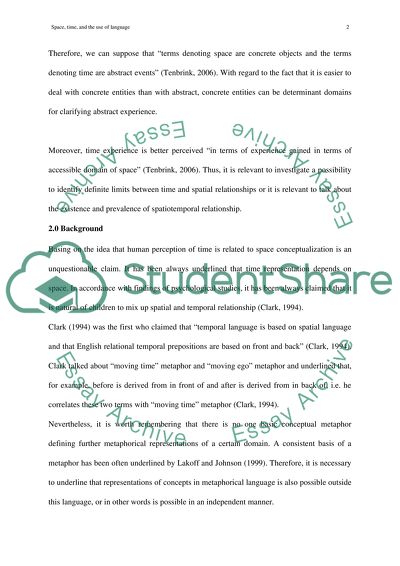Cite this document
(“The relationship between space and time in language Essay”, n.d.)
Retrieved from https://studentshare.org/environmental-studies/1419684-the-relationship-between-space-and-time-in
Retrieved from https://studentshare.org/environmental-studies/1419684-the-relationship-between-space-and-time-in
(The Relationship Between Space and Time in Language Essay)
https://studentshare.org/environmental-studies/1419684-the-relationship-between-space-and-time-in.
https://studentshare.org/environmental-studies/1419684-the-relationship-between-space-and-time-in.
“The Relationship Between Space and Time in Language Essay”, n.d. https://studentshare.org/environmental-studies/1419684-the-relationship-between-space-and-time-in.


